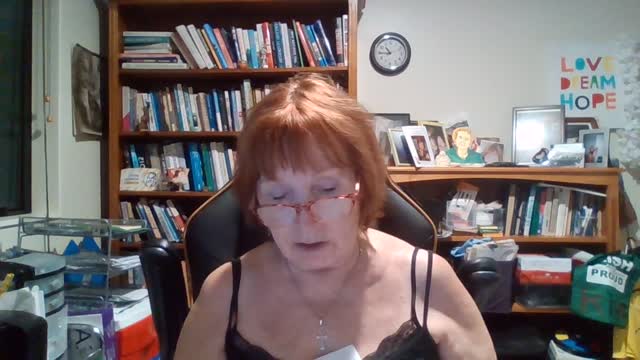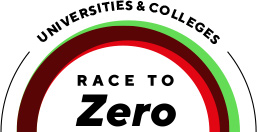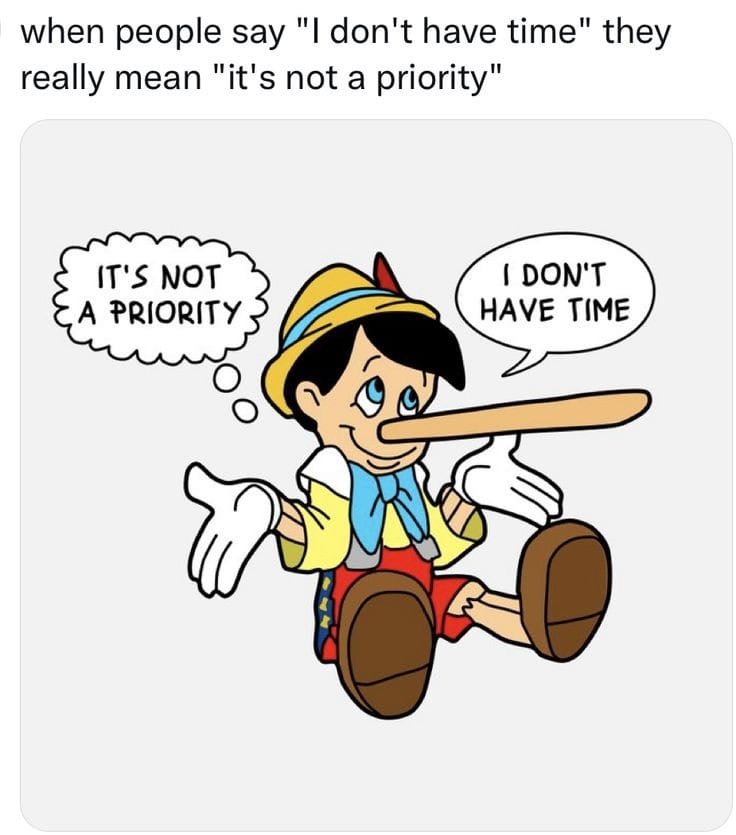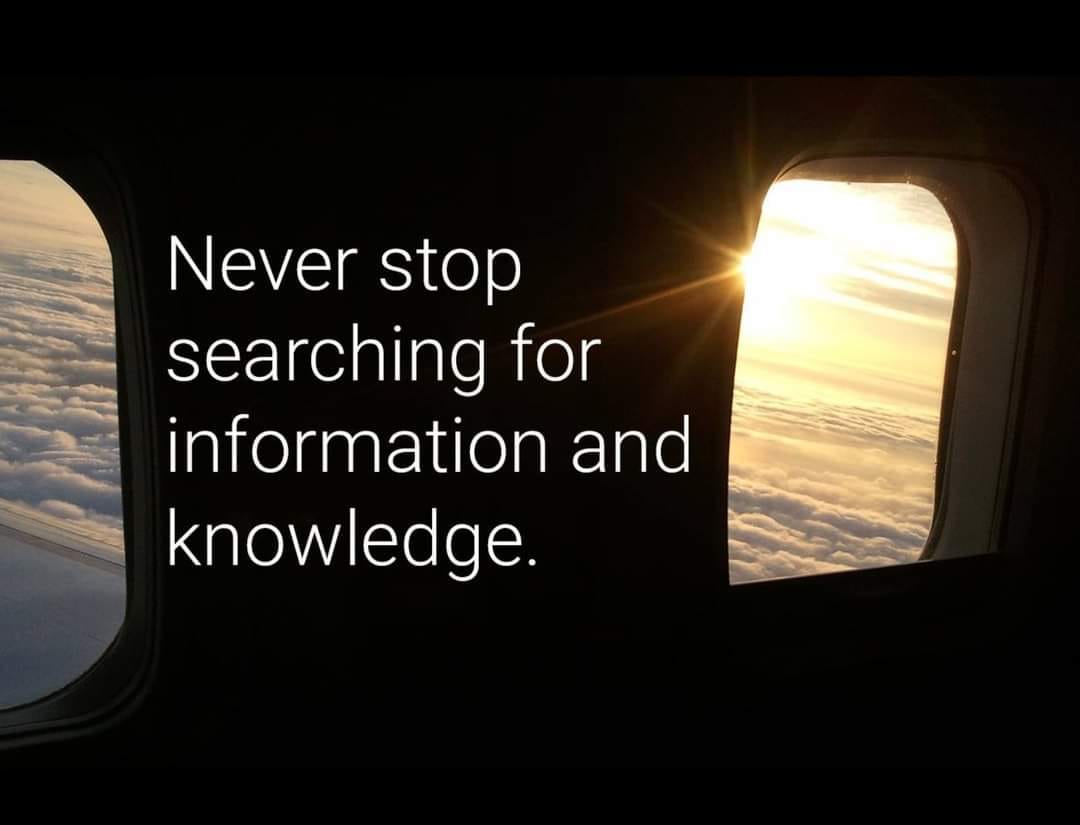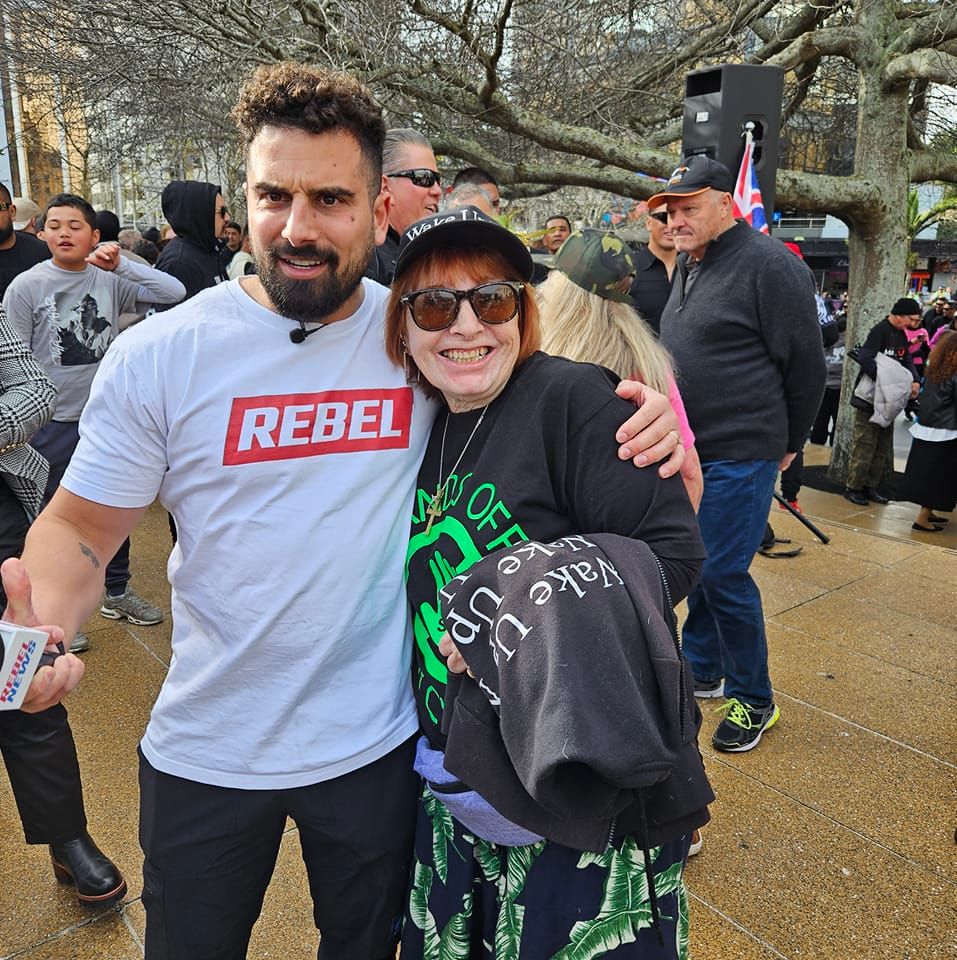NZ DEFENCE FORCE LGBTTIQ+ INCLUSION PLAN REPORT 2020-2025… MAINTAINING AND SUSTAINING LGBTTIQ+ INCLUSION. RECTORATE OF DIVERSITY AND INCLUSION- A FORCE FOR NEW ZEALAND.
Chief Air Marshal Kevin Short Chief of New Zealand Defence Force (NZDF)..2020-2025 LGBTTiQ + Plan Report includes the following :- Recognizing, responding participating with the LGBTQ1+ community, with top down leadership for a inclusive Defence Force (LGBTQ 1 + Inclusive Military) In 2014 the NZDF was recognized as being the worlds most LGBTQ1+ Inclusive Military by the Hague Centre for Strategic Studies. In late 2019 were awarded the Tainbow Tick. The NZDF accomplished their pledge towards being a more diverse inclusive organization.
Next being the LGBTT1Q+ Inclusion Plan formalizing the Inclusive Diversity od NZDF and the LGBTT1Q + Community. Liz Huckerby Chief People Officer. Describes the LGBTTQ1+ Inclusion Plan of the NZDF as based around 3 Levers for change. Leadership-and Capability-..Unit Culture & Inclusive Policy and Practice. These levers aiming to increase the voice and visibility of Transgender communities. NZDF promoting LGBTT1Q people in marriage, as a collective. NZDF welcoming, embracing, promoting and participating in Diverse Gender Identity and Sexual Orientation. NZDF describe their 2020-2025 Plan as being top down and bottom up to enhance the lives of the LGBTTQ1+ communities.
THE PUBLIC SERVICE COMMISSION: Is described as having broader commitment to strive for the full inclusion of LGBTTIQ+ within the public sector. The LGBTTQ1+ NZDF Plan is described as a ‘Living Document’ which will be modified and added to. NZDF is reported to be the global leader in military LGBTTQ1+ Inclusion and celebrates, embraces this with PRIDE. With a Rainbow Tick
NZDF TERMINOLOGY OF LGBTTQ1+ ACRONYM IS USED TO REPRESENT THE RAINBOW COMMUNITY: Also inclusive of takatāpui and diverse Māori gender identities…. LGBTTIQ+ stands for lesbian, gay, bisexual, transgender, takatāpui, intersex and queer/ questioning, and the + represents other identities not captured in the letters of the acronym.
THE ACRONYM TAKATAPUI: Embraces all Maori with diverse genders, identities, sexualities, sex characteristics includes whakawāhine, tangata ira tāne, lesbian, gay, bisexual, trans, intersex and queer and emphasizes Maori cultural and spiritual identity as equal to gender identity, sexuality or having a diverse sex characteristic (Kerekere 2017). States that the Acronym used to refer to the Rainbow Community can be limiting, with changing attitudes, language used for sexual orientation and gender identity
THE ACRONYM ‘LGBT’ has evolved, changed, expanded, grown universally, nationally. (MY THOUGHTS )You can now be a ‘Furry ‘ If you wish. How would NZDF responded to cat litter boxes in their toilets? Yes acronyms have increased alright to many 100’s of gender identities universally. The NZDF state now the LGBTTQ1+ has a few more letter added.. however they do have many more letter added to the Acronym. NZDF state there is no consensus over which acronym to use all are welcome it appears, all characteristics, all gender identities, all sexual orientations . NZDF state ‘ Not Intended to be limited)
NZDF SOURCES OF INFORMATION: Include from the PRISM Report. The NZ Human Rights Commission – Sexual Orientation,Gender Identity and Expression, and Sex Characteristics (SOGIESC) (Human Rights Commission 2020). The use of their terminology pronoun use. But using a different perspective for Pacific Island Countries namely ‘MVPFAFF’. *Mahu in Tahiti and Hawai’i; *Vaka sa lewa lewa in Fiji; *Palopa in Papua New Guinea; * Fa’afafine in Samoa and American Samoa; * Akava’ine in the Cook Islands; *Fakaleiti or leiti in the Kingdom of Tonga; *Fakafefine in Niue.
THE NZDF Sources of information come from various sources. Reference to discrimination, harassment of gender identified people is reference to (PricewaterhouseCoopers, 2016). NZ Legislation under International Human Rights Law – obligations extend to LGBTTQ1++ people include all the Furry Identities. As does the NS Human Rights Act 1993. Also the Health & Safety at Work Act 2015
NZDF SUPPORT PROMOTE PARTICIPATE IN VISIBLE. VOCAL AND VALUED .. EMBRACED LGBTTQ1+ Peoples, communities . Highly value their Rainbow Tick. To support the transition gender diverse to their preferred gender identity. The leanings away from Heterosexual normality- XX and XY to all gender identities that emerge that are unlimited. Participates in the cross agency network CARN , promoting inclusion across other sectors, agencies (inclusion initiatives)sector and support agencies to implement inclusion initiatives
NZDF OverWatch’ Initiative activity is funded pout of the Directorate of Diversity and Inclusion’s budget. The Directorate of Diversity and Inclusion demonstrating strong leadership to support LGBTTQ1++ by NZDF HR Business Partners and the NZDF Executive Committee (EXCO), the public sector via The public Service Commission and Combined Agency Rainbow Network (CARN) make LGBTTQ1+ an ongoing promotion of Inclusive Diversity Policies and Practice in Education and the Workplace.(
NZDF supporting local LGBTTIQ+ community events, including regional events and festivals. – Partnering with other agencies and external organization’s . Actively promoting discussion around sexual orientation, gender diversity and intersex. Supporting, embracing implementing the NZDF LGBTTQ1+ Inclusion Journey (2020-2025 A Living Document) Investigate ways to expand the LGBTTQ1+ Ideology . – Support education and training necessary to ensure correct terminology is used (The appropriate pronouns for the Trans community)
NZDF – Directing that LGBTTIQ+ awareness is incorporated into diversity and inclusion training and recruit / induction training. Set the tone down the chain. To down and Bottom Up Approach. Respect Pronouns. Measure success via metrics. Strategies and Policies of NZDF to be Rainbow Diversity and Inclusion to be considered in strategic documents, In setting out policies and procedures, work plans, recruitment.
NZDF Policies, practices are non-heteronormative and inclusive of LGBTTIQ+. Continue to work with Employee Led Networks and conduct regular meetings working towards the formation of a Diversity council.
NZDF MILITARY – CIVILIAN RECUITMENT: Continue to include diversity statement in job advertisements and service offerings. Ensures support for staff transition, access to unisex toilets accommodate trans personnel PROMOTE USE OF PRONOUNS NZDF WIDE: Removal of status identifiers from NZDF emails in a move away from heteronormative identifiers Continued integration with DRO and DPA to ensure. internal and external Rainbow diversity including the use of Rainbow Tick branding. NZDF SUPPLY CHAINS: Continued integration with DRO and DPA to ensure internal and external Rainbow diversity including the use of Rainbow Tick branding
PROMOTING PARTICIPATION :All NZDF including Senior Leaders to be involved in Rainbow Events (such as Pride Parades) Use trans imagery Rainbow Diversity Training, which spans from Recruits to Senior Staff
Ensure training content includes information relevant to the LGBTTIQ+ community. That Military and Civilian recruitments continue to include diversity statement in job advertisements and service offerings.
GLOSSARY OF TERMS AS DESCRIBED BY THE NZDF obtained from NZ Human Rights Commission 2020 PRISM REPORT.
Asexual – A person who does not experience sexual attraction to others.
Bisexual – A person who experiences romantic and/or sexual attraction to their own and other genders.
Cisgender – A person whose gender aligns with their sex assigned at birth.
Gay – A person who experiences romantic and/ or sexual attraction to people of the same gender. More commonly used in relation to males.
Gender diverse – An umbrella term used by some who identify outside of the male/female gender binary. Being transgender can be one way of being gender diverse, but not all gender diverse people identify as transgender and vice versa.
Gender expression – refers to a person’s presentation of gender through physical appearance –including dress, hairstyles, accessories, cosmetics – and mannerisms, speech, behavioural patterns, names and personal references. Gender expression may or may not conform to a person’s gender identity.
Gender identity – refers to each person’s deeply felt internal and individual experience of gender, which may or may not correspond with the sex assigned at birth, including the personal sense of the body (which may involve, if freely chosen, modification of bodily appearance or function by medical, surgical or other means) and other expressions of gender, including dress, speech and mannerisms.
Heterosexual – A person who experiences romantic attraction and/or sexual attraction to people of a different gender.
Homosexual – A person who experiences romantic attraction and/or sexual attraction to people of the same gender.
Intersex – A person whose sex characteristics are more diverse than typical definitions for male or female bodies, including sexual anatomy, reproductive organs, hormonal patterns, and/or chromosome patterns.
Lesbian – A woman who experiences romantic attraction and/or sexual attraction to other women.
LGBTTIQ+ – An acronym of different identities within Rainbow communities, including Lesbian, Gay, Bisexual, Transgender, Queer, Intersex, and Asexual. The plus denotes inclusion of other terms not listed.
Non-binary – An umbrella term for gender identities which are neither male nor female.
PACIFIC COMMUNITIES: Have their own culturally specific terms relating to sexual orientation and gender identities. These concepts are more or just as much about familial, genealogical, social, and cultural selfhood. Fa’afafine (Samoa & American Samoa), Leiti/ Fakaleiti (Tonga), Fakafifine (Niue), Akava’ine(Cook Islands), Pina (Tuvalu), Māhū (Taihiti and Hawaii), Vakasalewalewa (Fiji) and Palopa (Papua New Guinea).
Pansexual – A person who experiences romantic and/or sexual attraction to people regardless of their sex or gender.
Queer – A reclaimed umbrella term that encompasses identities and expressions outside of heterosexual, monogamous, and normative gender expressions.
Rainbow communities – An umbrella term commonly used in Aotearoa to describe those who have a diverse sexual orientation, gender identity or expression, and sex characteristics.
Sex assigned at birth – All babies are assigned a sex at birth, usually determined by a visual observation of external genitalia. A person’s gender may or may not align with their sex assigned at birth.
Sex characteristics – refer to each person’s physical features relating to sex, including genitalia and other sexual and reproductive anatomy, chromosomes, hormones, and secondary physical features emerging from puberty.
Sexual orientation – refers to each person’s capacity for profound emotional, affectional and sexual attraction to, and intimate and sexual relations with, individuals of a different gender or the same gender, or more than one gender.
SOGIESC – An acronym including sexual orientation, gender expression and identity, and sex characteristics.
Takatāpui – A traditional Māori term which means ‘intimate companion of the same sex.’ It has been reclaimed by some Māori to describe their diverse sexual orientation, gender identity or expression, and sex characteristics.
Tangata ira tāne – A te reo Māori term which roughly translates as trans man.
Transgender – An umbrella term for a person whose gender differs from their sex assigned at birth. Transgender people may be binary or non-binary, and some opt for some form of medical intervention (such as hormone therapy or surgery). Used as an adjective rather than a noun, and often shortened to ‘trans.’
Transition – Steps taken by trans people to live in their gender which may include social, legal, or medical aspects. A social transition may include changing clothes, hair, pronouns, or name; a legal transition may include changing name and/or gender marker on legal documents; and a medical transition may include medical treatments such laser hair removal, hormone therapy, or various surgeries. There are no wrong or right ways to transition; each person will have their own personal goals.
Trans man – A man who was assigned female at birth.
Trans woman – A woman who was assigned male at birth.
Transsexual – An older term considered to be outdated by some younger populations. Transsexual is not an umbrella term; those who prefer this term often see it as an important distinction from transgender. It may refer to a person who has had or is in the process of changing their body to affirm their gender
REFERENCES
- Brown-Acton, P. Strengthening Solutions for Pasifika Rainbow. Le Va GPS Conference – Key note speech. Retrieved from https://www.leva.co.nz/uploads/files/resources/strengthening-solutionsfor-pasifika-rainbow.pdf
- Clark, T. C., Fleming, T., Bullen, P., Denny, S., Crengle, S., Dyson, B., Fortune, S., Lucassen, M., Peiris-John, R., Robinson, E., Rossen, F., Sheridan, J., Teevale, T., Utter, J. (2013). Youth’12 Overview: The health and wellbeing of New Zealand secondary school students in 2012. Auckland, New Zealand: The University of Auckland
- Counting Ourselves. (2019). Retrieved from https://countingourselves.nz/index.php/community-report/
- Deloitte, “Seventy-Two Percent of Working Americans Surveyed Would or May Consider Leaving an Organization for One They Think is More Inclusive, Deloitte Poll Finds,” news release, June 7, 017.https://www2.deloitte.com/us/en/pages/about-deloitte/articles/press-releases/inclusion-survey.html
- Health and Safety at Work Act, 2015
- Human Rights Campaign 2014, The Cost of the Closet and the Rewards of Inclusion: Why the workplace environment for LGBT people matters to employers, <http://www.hrc.org/resources/the-cost-of-the-closet-and-the-rewards-of-inclusion>, accessed 21 December 2016.
- Jaimie Veale and others Counting Ourselves: The health and wellbeing of trans and non-binary people in Aotearoa New Zealand (Transgender Health Research Lab, University of Waikato, Hamilton, 2019).
- 8. Kerekere, E. (2017) Part of the Whānau: The Emergence of Takatāpui Identity – He WhārikiTakatāpui. Wellington: Tīwhanawhana Trust
- New Zealand: Human Rights Act 1993 / Human Rights Amendment Act 1994 [], 1 February 1994, available at: https://www.refworld.org/docid/3ae6b5500.html
- 10. New Zealand Human Rights Commission (2020). PRISM: Human Rights issues relating to Sexual Orientation, Gender Identity and Expression, and Sex Characteristics (SOGIESC) in Aotearoa New Zealand – Areport with recommendations. https://www.hrc.co.nz/files/9215/9253/7296/HRC_PRISM_SOGIESC_Report_June_20
- 11. PricewaterhouseCoopers 2016, LGBTI Perspectives on Workplace Inclusion,<https://www.pwc.com.au/publications/pdf/workplace-inclusion-survey-jun16.pdf>, accessed 21 December 2016.
- 12. Miller, J & Parker, L, 2015, Open for Business: The economic and business case for global LGB&T inclusion, <https://www.open-for-business.org/the-report/>, accessed 21 December 2016.
- 13. Pride in Diversity 2013, A Manager’s Guide to LGBTI Workplace Inclusion.
- Pride in Diversity 2016, Australian Workplace Equality Index 2016, <http://www.pid-awei.com.au/content/uploads/2015/08/AWEI_ Report_2016_LoRes1.pdf>, accessed 21 December 2016.
- 15. Statistics New Zealand “Wellbeing statistics: 2018” (26 June 2019) <http://www.stats.govt.nz/>.
- 16. The Yogyakarta Principles: Principles on the application of international human rights law in relation to sexual orientation and gender identity (Geneva, 2007)33
- 17. Wellbeing and Mental Health among Rainbow New Zealanders: Infographic. (2020, June 7). Retrieved from https://hpa.org.nz/research-library/research-publications/wellbeing-and-mental-health-among-rainbow-new-zealanders
REPORT NZ DEFENCE FORCE ‘OVERWATCH’ .. RAINBOW TICK .. DIRECTORATE OF DIVERSITY AND INCLUSION https://www.nzdf.mil.nz/assets/Uploads/DocumentLibrary/NZDF-LGBTTIQ+-Inclusion-Plan.pdf
...

